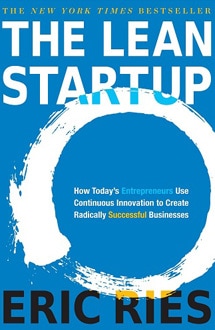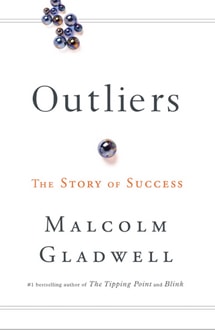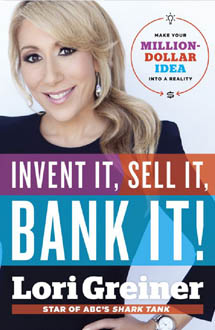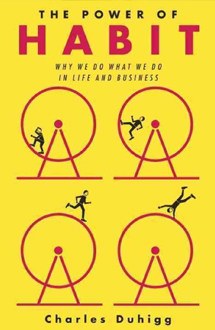“Marketers for years have talked about the five Ps of marketing. Some of them include: Product, Pricing, Promotion, Positioning, Publicity, Packaging, Pass-along, Permission. Something disturbing has happened, though. The Ps just aren’t enough. This book is about a new P, a P that is suddenly exceptionally important. The New P is ‘Purple Cow.’” – Seth Godin 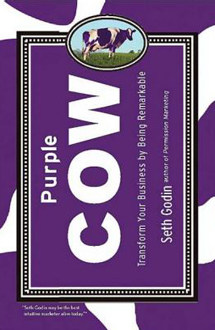
Overview
Author Seth Godin is a well known speaker and writer. He is the author of ten best sellers. In Purple Cow: Transform Your Business by Being Remarkable, Godin uses case studies and personal observations of the successes and failures of past and current marketing. Traditional marketing is now the Brown Cow: invisible and boring. As he states, “In almost every market, the boring slot is filled.”
The Belief System of a Cow
Godin believes that mass marketing as practiced for the last 100 years is dead. He calls it the TV-industrial complex. “Marketing is Dead. Long Live Marketing. Alternative approaches aren’t a novelty – they are all we’ve got left.” (Godin 3, 12) He implores readers that it’s time to stop advertising and start innovating. Using great marketing on an ordinary product does not work anymore. The solution is to create a remarkable product that people seek out. Create a Purple Cow.
The Purple Cow remarkable triad
The essence of the Purple Cow is about being remarkable. Remarkable products are worth talking about. They get noticed. They’re exceptional, new, and interesting. Remarkable in marketing means that the product or service remarkable. In that sense, marketing isn’t an add on, but a part of the product cycle as well. Godin emphasizes that if it isn’t remarkable, it’s invisible. It’s a brown cow. His Purple Cow is about three pertinent ideas: the why, the what, and the how of being remarkable.
1. Why be remarkable
The author states, using rational argument and case examples, that being remarkable is a necessity of marketing. His “TV-industrial complex” system, as described to the reader, is dying or dead. Consumers are hard to reach and they ignore mass advertising. Godin offers multiple examples of this. Most notable is the, often called, most popularly know television ad ever made: “I’d like to teach the world to sing” by Coca-Cola. Godin cites works of other which argue that the commercial sold “not one more bottle of Coke.” (Godin 23)
2. What is remarkable
Godin lists some products or services which her regards as remarkable: Starbucks, Jet Blue, Sam Adams, and others. Remarkable is the insight to realize that there is no other choice to grow a business or launch a product. Passion is not a requisite. Neither is an extreme amount of creativity. Godin gives the reader an interestingly non-marketing example of remarkable: kiteboarding. It is one of the fastest growing sports today. “Strap a surfboard to your feet, hold onto a huge kite, and start racing across the water at thirty miles per hour. Unless, of course, you get dragged across the beach.” (Godin 131) Dangerous and new are worth talking about. Remarkable is worth talking about. It is exceptional and worth noticing.
3. How to be remarkable
This is the core material of Purple Cow, literally and figuratively. It is the heftiest part of the book, and is filled with case examples and stories. It is, however, more of a listing of what not to do than what to do. Godin’s “how’s” become increasingly abstract, but three core beliefs stand out.
- Firms must make more remarkable products and services that the “right” people seek out. Creating safe and ordinary products and combining them with great marketing no longer works.
- Purple Cows focus on early adopters of products. Brown cows focus on the masses in the middle of the product life cycle. But the masses also ignore new products. The majority are happy with their choices and unlikely to change. They are stuck consumers.
- Beyond catering to the early adopters, Purple Cows can use them to spread ideas. Godin calls them “idea viruses” and vocal early adopters “sneezers.” They sneeze products and ideas and their friends catch on. Ideasvirus items are occasionally the product of accidental luck; consider the Pet Rock and Psy’s Gangnam Style video. More likely, however, it is the result of hard work and a focus on sneezers. In fact, Godin states “It is useless to advertise to anyone except interested sneezers with influence.” (Godin 36)
Lessons learned
Purple Cow products are rare because they are seen as risky, like kiteboarding. The real problem with them is fear. Giant brands with large facilities and significant inertia have a low tolerance for perceived risk. Smaller and mid sized firms have less to lose. And, they realize they have far more to gain by playing by a different set of marketing and conceptual rules. Godin calls them “cheaters.” One example is Jet Blue. They “cheat” by using a low cost business structure, underused airports, and a younger non-union staff. This gives them an unfair advantage. His take on this is “who cares?”
“If Purple Cow is now one of the Ps of marketing, it has profound implications for the enterprise. It changes the definition of marketing. It used to be that Engineering invented, Manufacturing built, Marketing marketed, and Sales sold. There was a clear division of labor, and the president managed the whole shebang.” (Godin 96) That’s clearly not a valid strategy any longer the customer’s mind, creating Killer Brands.
Contents




